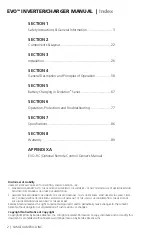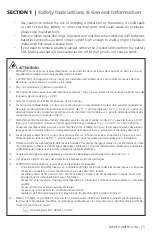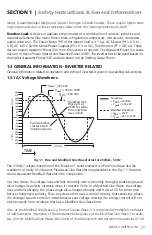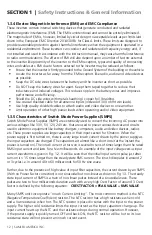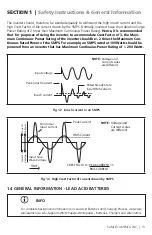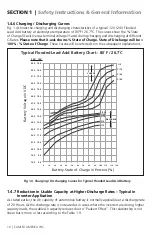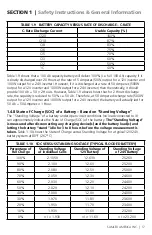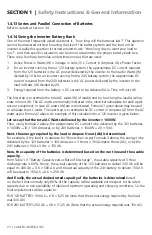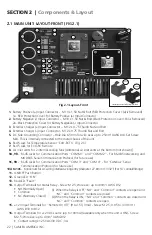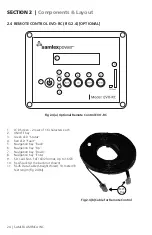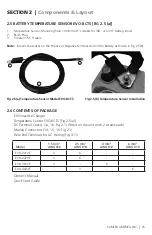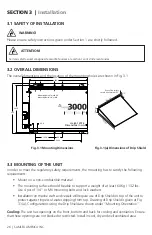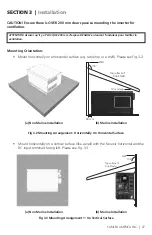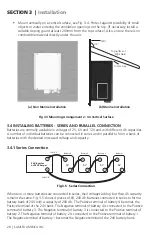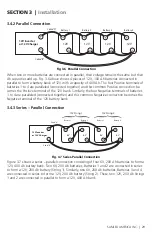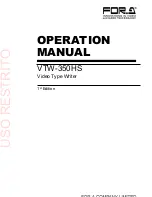
14 | SAMLEX AMErICA INC.
SAMLEX AMErICA INC. | 15
1.4.5 Specifying Charging / Discharging Currents: C-rate
Electrical energy is stored in a cell / battery in the form of DC power. The value of the stored
energy is related to the amount of the active materials pasted on the battery plates, the surface
area of the plates and the amount of electrolyte covering the plates. As explained above, the
amount of stored electrical energy is also called the Capacity of the battery and is designated by
the symbol “C”.
The time in Hours over which the battery is discharged to the “End Point Voltage” for purposes
of specifying Ah capacity depends upon the type of application. Let us denote this discharge
time in hours by “T”. Let us denote the rate of discharge current of the battery as a multiple of
Ah capacity "C" and call it as the "C-rate”. If the battery delivers a very high discharge current,
the battery will be discharged to the “End Point Voltage” in a shorter period of time. On the
other hand, if the battery delivers a lower discharge current, the battery will be discharged to
the “End Point Voltage” after a longer period of time. Mathematically, C-rate is defined as:
“C-rAte” = CAPACity “C” in Ah ÷ DiSChArge tiMe “t”
Table 1.8 gives some examples of C-rate specifications and applications:
tAbLe 1.8 DiSChArge Current rAteS - “C-rAteS”
hours of discharge time “t” till
the “end Point Voltage”
“C-rate” Discharge Current
in Amps = Capacity “C” in Ah
÷ Discharge time “t” in hrs.
example of C-rate
Discharge Currents
for 100 Ah battery
0.5 Hrs.
2C
200A
1 Hrs.
1C
100A
5 Hrs.
(Inverter application)
C/5 or 0.2C
20A
8 Hrs.
(UPS application)
C/8 or 0.125C
12.5A
10 Hrs.
(Telecom application)
C/10 or 0.1C
10A
20 Hrs. (
Automotive application)
C/20 or 0.05C
5A
100 Hrs.
C/100 or 0.01C
1A
note:
When a battery is discharged over a shorter time, its specified “C-rate” will be higher. for ex-
ample, the “C-rate” at 5 Hour discharge period i.e. C/5 Amps will be 4 times higher than the “C-rate” at
20 Hour discharge period i.e. C/20 Amps.
SECTIOn 1 |
Safety Instructions & general Information


